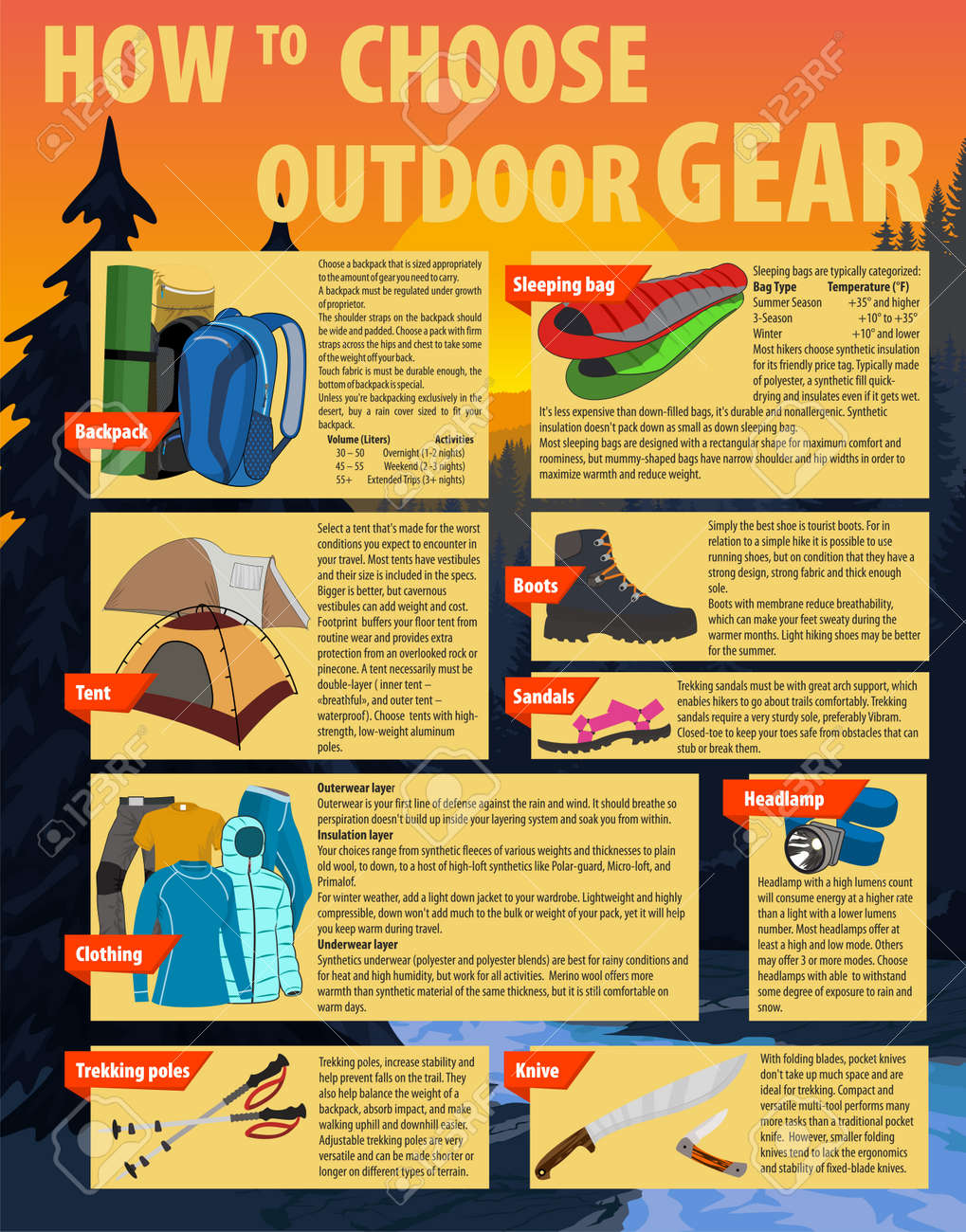Selling Your Camping Tents Product Online In Your Virtual Store
Does Your Backpacking Outdoor Tents Required an Impact?If you camp on a regular basis in locations with rocks or sharp downed branches or simply despise storing a wet, sloppy outdoor tents, then a footprint is most definitely worth thinking about. Footprints are additionally reasonably low-cost compared to a brand-new camping tent.
How much wind can a tent take?
Numerous tent producers offer their own specific footprints, which are reduced to the specific dimension of the camping tent floor. However, you can make one yourself with a lightweight textile like polycryo or tyvek.
Climate condition
Whether you need a footprint actually relies on the problems you'll be camping in. If you're backpacking in a location where the ground is normally damp (it's basically inescapable), an outdoor tents impact can be a valuable enhancement to your kit, as it will prevent your tent floor from becoming soggy.
However, if the footprint is too big it can act as a moisture trap and potentially allow water to pool under your tent. This can be avoided by ensuring the footprint is cut a little smaller than your camping tent on all sides.
Typically talking, it's ideal to obtain a footprint from the very same producer as your outdoor tents to make sure an exact fit. They additionally tend to be made from thicker, a lot more resilient materials than do it yourself options. They can be pricey for something whose sole objective is to safeguard the ground underneath your camping tent, but it can be a rewarding investment if you respect the durability of your equipment.
Terrain
Numerous high quality tents can work well without an impact, particularly those that have actually bathtub floorings made of durable materials. Nevertheless, the surface you hike on can have a significant influence on exactly how promptly your camping tent flooring wears out. Granite slabs, sandstone and various other rugged surface areas wear with the bottom of your tent quicker than grassy fields or woodland floorings.
An impact or ground cloth assists prolong the life of your camping tent by serving as an obstacle in between the ground and the sewn-in groundsheet of your outdoor tents, states REI senior sales specialist Elizabeth Nguyen. It likewise safeguards the tent from abrasive elements like sharp branches and rugged rocks that might pierce or tear the sewn-in floor. When choosing a footprint for your outdoor tents, it is very important to guarantee it's slightly smaller than the camping tent on all sides. This avoids water from pooling in between the tent and impact during a rainstorm, which could permeate into your tent. The very best choice for an impact is to purchase one made for your particular outdoor tents, which will certainly guarantee a tight fit.
Tents with Lower Deniers and Water-proof Scores
Whether you're a casual backpacker or a hardcore traveler, the longevity level of your outdoor tents is a crucial consideration. Camping tents designed to be ultralight, verging on minimalist, usually trade off some level of longevity in the fabric and materials made use of.
One fabric spec you'll come across is denier, which refers to the weight in grams of a 9,000-meter length of yarn that comprises the tent's canopy, rainfly, and/or flooring. A higher denier spec represents extra rugged fabrics, while lower numbers suggest lighter and much less sturdy materials.
Various other specs to take a look at include flooring dimensions, vestibule size, and interior pockets. The previous mirrors the total square-footage that can be used for livable space, while the latter can contribute in storage space by giving an area to stash gear overnight and in bad climate. Air flow is also an important element; as you exhale moisture during sleep, it requires to run away, or condensation might develop inside. Functions such as mesh windows and panels and adjustable rainfly doors help increase ventilation and stop this from taking place.
The Price
The price of a camping tent can affect its performance, and it is likewise essential to think about just how much you can afford to spend. Backpackers looking tenting in luxury for a lightweight shelter must go for a tent with a livability score of a minimum of 2 stars, and ideally, 3 or more.
Livability refers to exactly how roomy a camping tent really feels, with clearance and flooring dimensions playing a big function. Historically, backpacking camping tents made use of steeply sloped walls and very little room to conserve weight, but contemporary products allow designers to supply even more comfort while maintaining weight low.
Storage is another aspect to take into consideration, with vestibules and a quick-pitching design helping reduce setup time. Furthermore, the kind of material finish and just how the outdoor tents is saved can influence long life. As an example, a PU layer that breaks down quicker when damp, or undergoes duplicated cycles of storing and un-stowing, can substantially reduce the life-span of an outdoor tents. In a similar way, making use of a custom footprint instead of stuffing a tent in a careless manner will certainly also prolong its life-span.
How do you pack a tent back in its bag?
